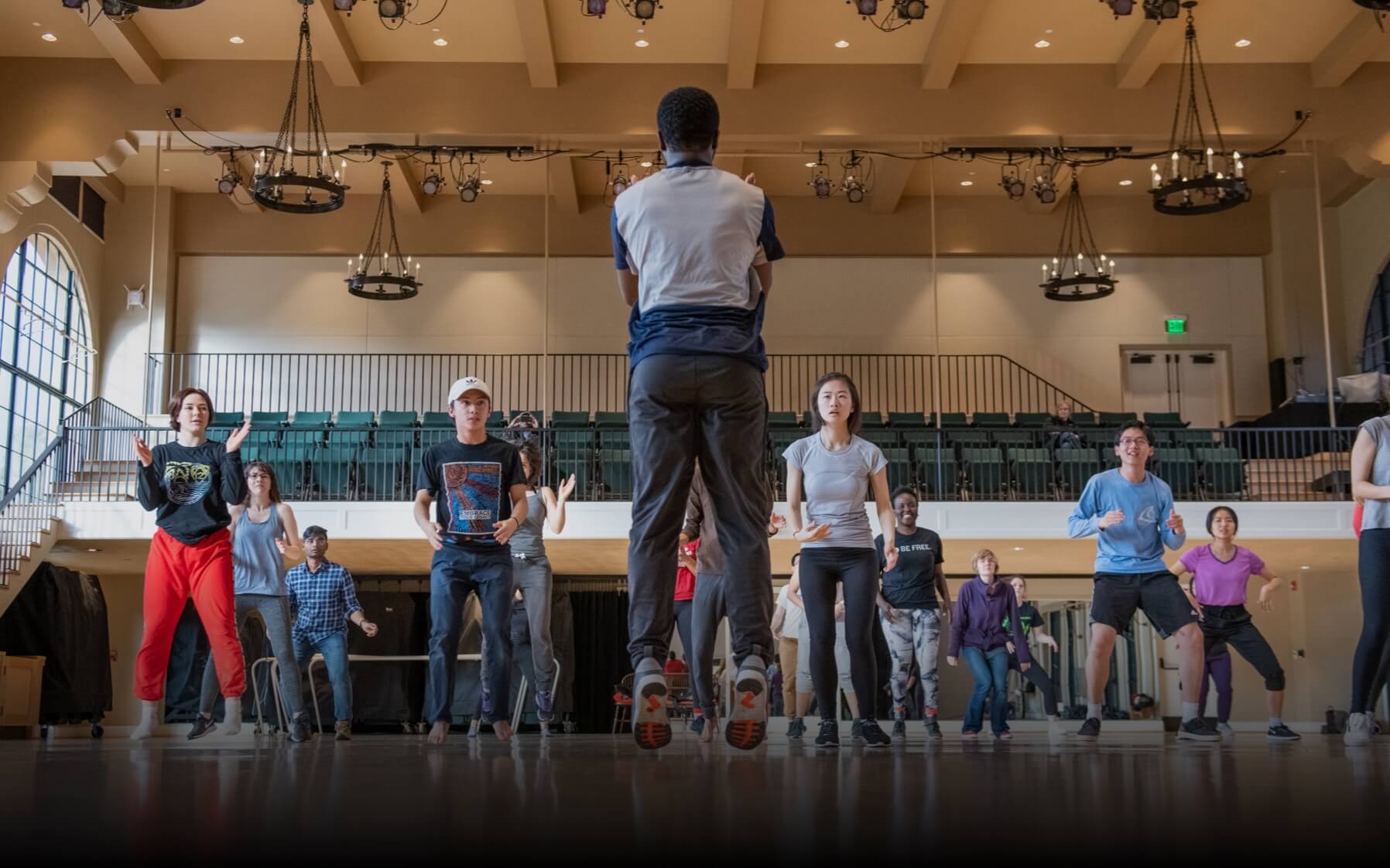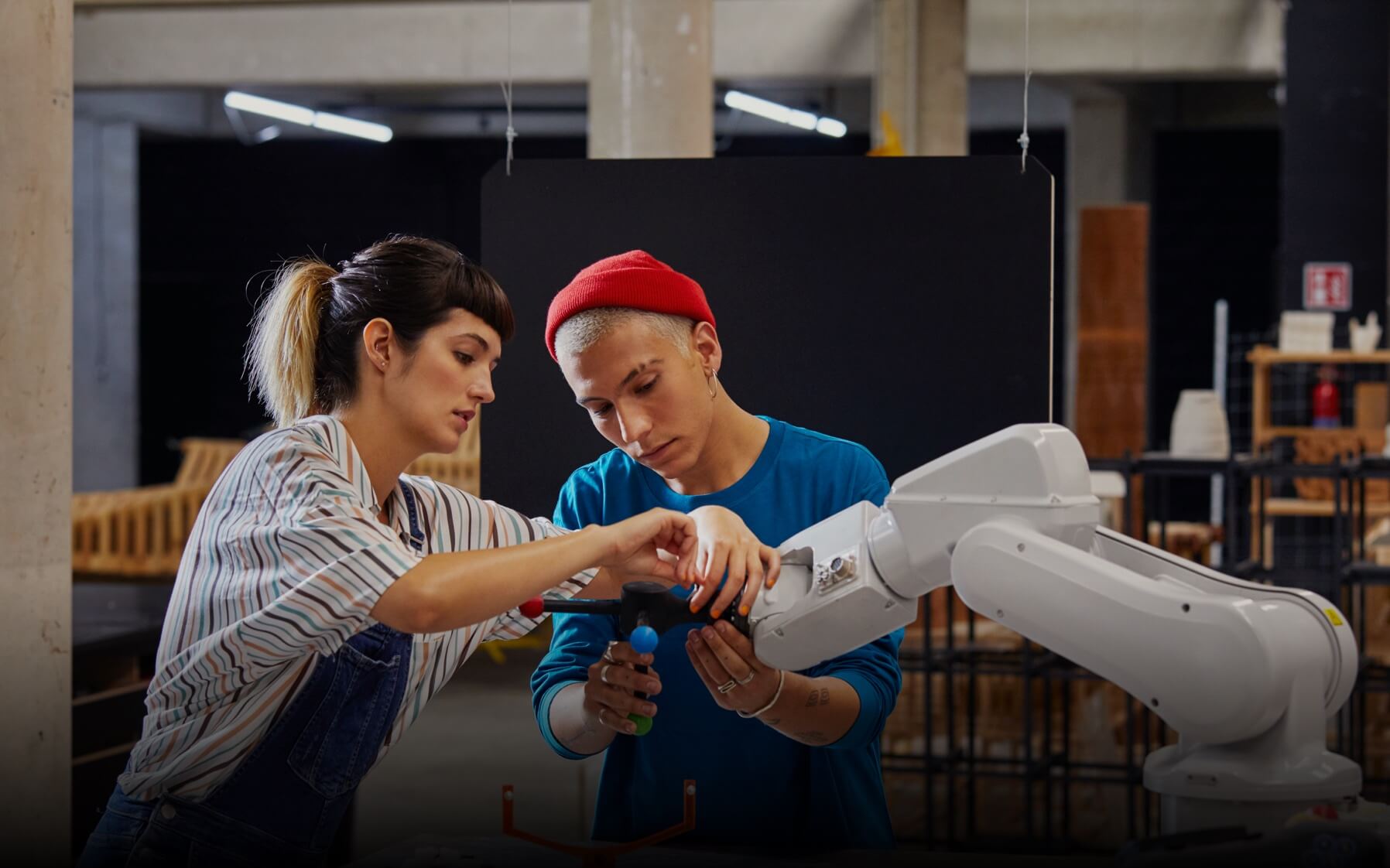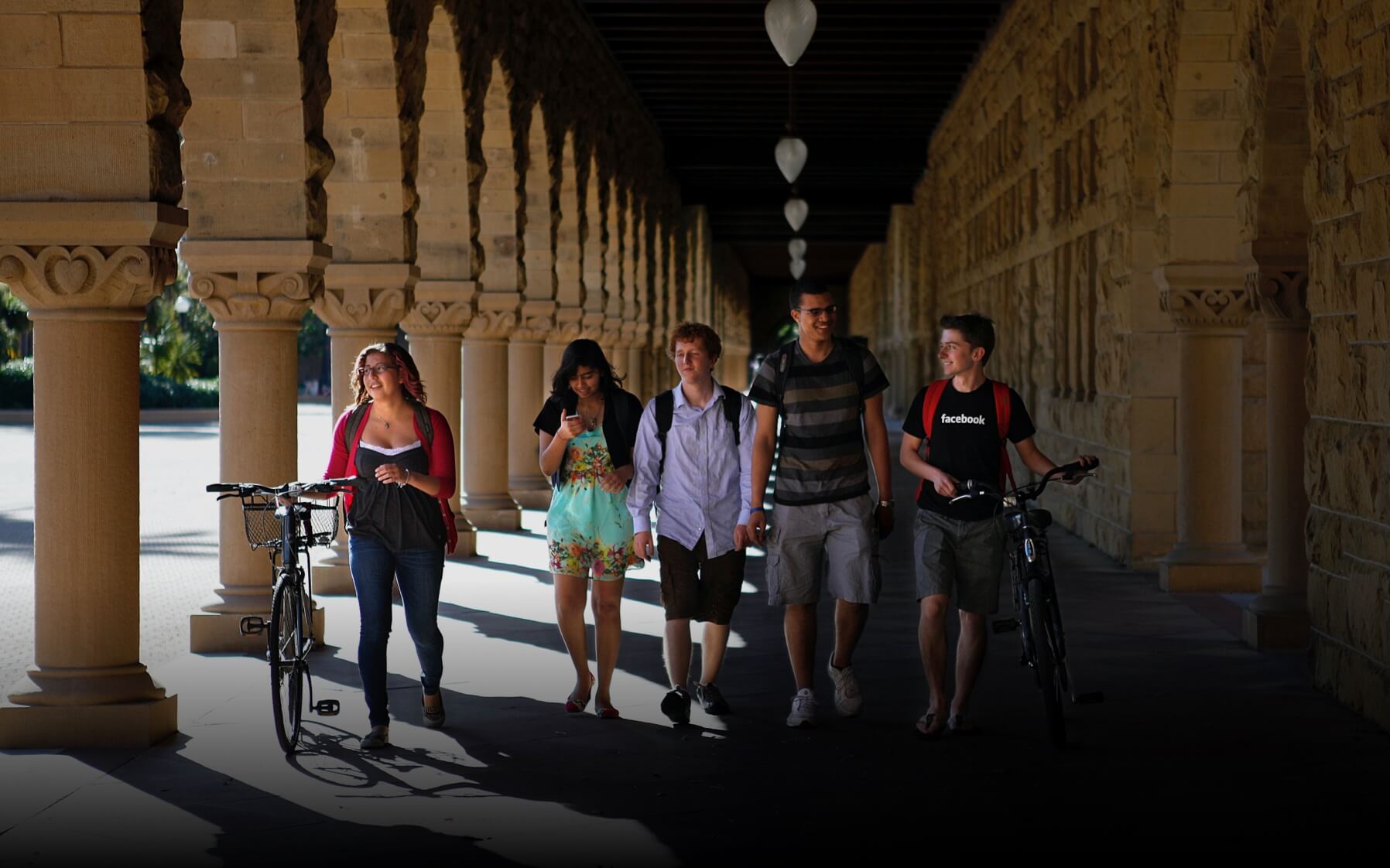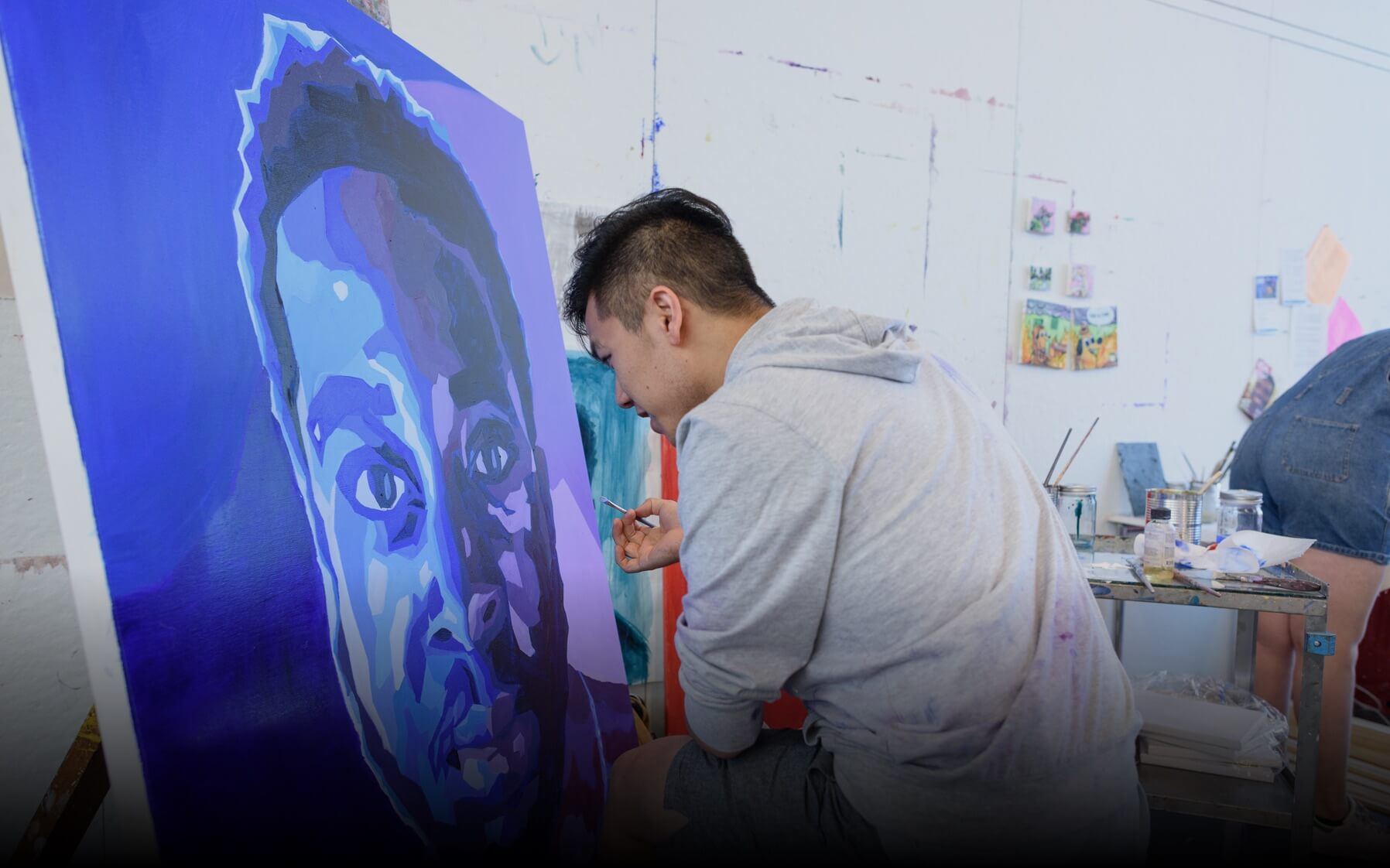Previous management experience including supervising staff, excellent organizational skills and proficiency in (or willingness to learn) Spanish required. A strong working knowledge of stables operations and a basic understanding of equine management are also required, along with a clear communication style and an ability to work with many different personality types successfully. Qualified applicants must also be able to complete work quickly, follow through on commitments without fail, think critically and make decisions independently. Bachelor’s Degree preferred.
Stanford is an equal opportunity employer and all qualified applicants will receive consideration without regard to race, color, religion, sex, sexual orientation, gender identity, national origin, disability, veteran status, or any other characteristics protected by law.
This position, along with all DAPER coaches and staff, is responsible for the integrity of Stanford’s intercollegiate athletics program and for the reputation of Stanford University. This position is responsible for ensuring that his/her involvement with Athletics Department activities maintains the integrity of the University’s reputation and does not negatively impact the relationship between the University and its faculty, staff, students and alumni. Additionally, this position must comply with University policies and procedures, NCAA and PAC-12 rules and regulations.
* - Consistent with its obligations under the law, the University will provide reasonable accommodation to any employee with a disability who requires accommodation to perform the essential functions of his or her job.
Program Summary
The Red Barn will offer a variety of equestrian related services to the Stanford University community. The Red Barn facility will run as a Stanford Athletics Facility. Services will be provided in a tiered system, focused on Stanford students first, then the Stanford community (faculty, staff and alumni) and then finally its local community.
Goals:
- To maintain the model of equine excellence and historical roots entrenched in the University’s “Farm” heritage through outreach and community events and equine education programs
- To be a training facility for intercollegiate team practice, learning and competition.
- To be a premier boarding facility for Stanford students, Stanford faculty and staff, and community members alike.
Management of the Red Barn will report to the Stanford Athletics Department.
About the Facility:
Long before there was a Stanford University, the land where the campus sits today was alive with technological innovation, record-breaking achievement, and inspiring athleticism. Instead of the dormitories, libraries, classroom buildings and research facilities that comprise the university campus today, however, the foothills were dotted with the L-shaped shed barns and training tracks of a world-class trotting horse farm.
Predating the university by fifteen years, Leland Stanford’s Palo Alto Stock Farm literally provided the foundation upon which the university was built. Governor (later Senator) Stanford began to purchase the 8,800 acres of land for his farm in 1876. Convinced that he could breed faster, hence more economically productive horses, he established a facility where he could test his progressive and controversial ideas on horse breeding and training.
Within a few years the trotting farm’s two dozen buildings included stables, hay barns, shops, and quarters for employees—who numbered 150 at the farm’s peak. Nearly 600 horses enjoyed turnout time in fifty paddocks and workouts on the farm’s eight tracks. Surrounded by fields of carrots, corn, barley and alfalfa, as well as an orchard and vineyards, the farm operation was largely self-sufficient; facilities included blacksmith, wheelwright, harness shops, feed mill, superintendent’s house and a school.
Stanford’s scientific approach to breeding and his “Palo Alto system” of training horses were highly successful. In 1876 he purchased the legendary stallion Electioneer, dubbed the “world champion sire of world champions.” Electioneer fathered nine of the thirteen world record champions bred at Palo Alto, among them Sunol, Arion and Palo Alto.
In addition to producing very fast horses, the farm was also the site of photographic experiments commissioned by Stanford in 1877. Using cameras placed at intervals along a racetrack, photographer Edward Muybridge shot the footage proving Stanford’s theory that horses, while trotting, have at one point all four hooves off the ground at the same time. The experiments also led to the development of motion pictures.
The stock farm reached the height of its success in 1891, the same year the university opened, but its fortunes soon declined as the automobile began to replace horses in both function and economic importance. Despite ill health, Leland Stanford continued to visit his beloved farm, watching the horses work until the day he died in 1893. The stock farm was officially closed ten years later, and many of the horses were sold off to help the financially struggling young university.
Only two of the farm buildings survive today: the historic Red Barn, as the former training barn was known, and a small brick stable for stallions that is currently used to house university maintenance equipment. The Red Barn, a magnificent Victorian structure built in the late 1870s, has endured through the years as a working barn. In the early 1980s, a painstakingly researched restoration took place under the leadership of Bill Lane and Equestrian Associates, maintaining the historical integrity of the building while ensuring modern safety standards.
Today the Red Barn continues to be an active horse facility as part of the thirteen-acre Stanford Equestrian Center. Its presence on campus is a reminder of the university’s beginnings, a loving tribute to its “Farm” heritage and a valuable treasure to be preserved, maintained and kept at the modern standards of horse training, that were so important to Leland Stanford.








